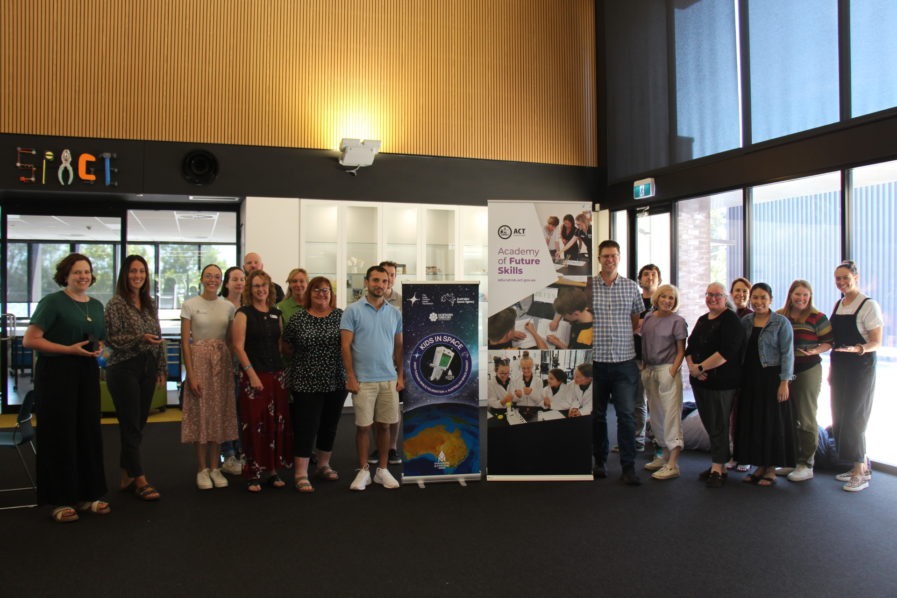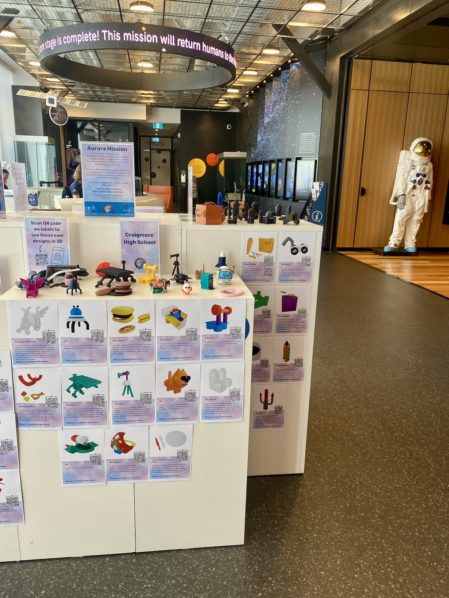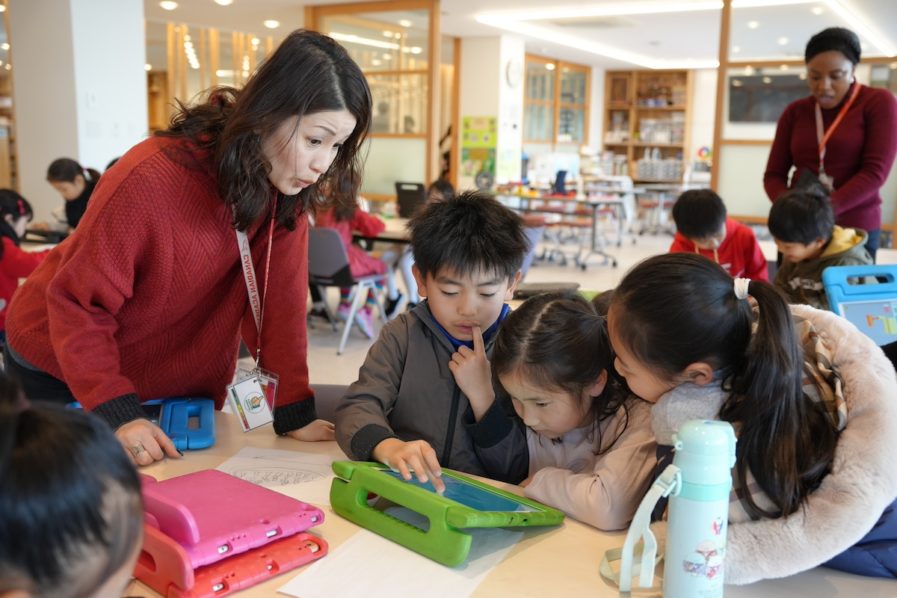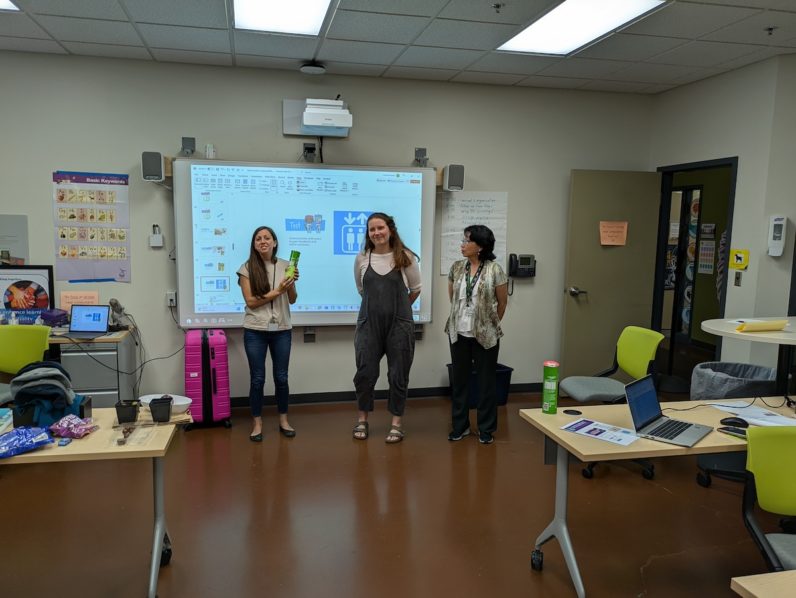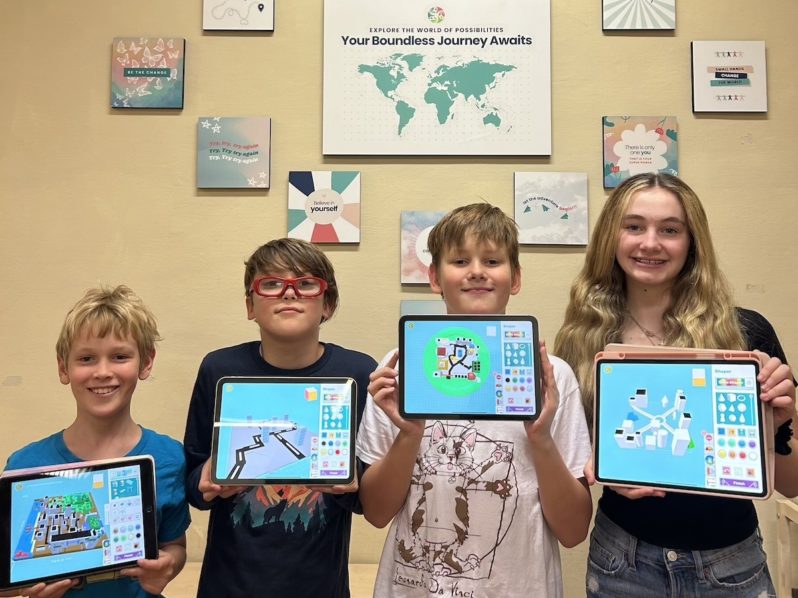Nate McAnally is the co-founder of startup Green Forest XR in Canada, which builds mixed reality games and delivers immersive game design workshops to schools. He has been using the Makers Empire 3D modelling app in his school workshops and after-school programs so we spoke with him to find out how he’s using Makers Empire to enhance learning.
Nate, what led you to your current role?
“I began my career creating video games at Electronic Arts in Canada, and since then, I’ve held various design roles across multiple industries. One of the most memorable chapters of my career was serving as the Creative Director at Lululemon, where I had the privilege of leading a wide range of disciplines and collaborating with incredibly talented people—experiences that took me around the globe.
“In recent years, I’ve found a passion for teaching immersive game design to students ranging from children to adults. This journey into teaching began organically, inspired by my two endlessly curious sons. As I shared my work with them, it sparked the idea for my wife and I to co-found our startup, Green Forest XR.
“Since then, I’ve been leading after-school programs in schools across the Vancouver area and conducting workshops during school hours. It’s been incredibly rewarding to inspire curiosity and creativity in others through the intersection of technology and design.”
What drew you to this kind of work?
“For me, it comes down to two key motivations. First, I grew up during a time when “video games are bad” was a common narrative. But when I joined a company that actually made video games, I was blown away by how much knowledge in math, physics, art, and even science goes into creating them. I believe making video games is an incredible vehicle for learning because it provides real-world, engaging use cases that resonate with the audience. The abundance of digital tools available today for creative expression continues to amaze me, and my goal is to share what I’ve learned with kids who are eager to explore these tools.
“Second, I recently hit my mid-life crisis. But instead of buying a convertible, I decided to channel my energy into something more meaningful: creating something that could leave the world a little better than I found it. This is my way of making that contribution. ;)”
How are you using Makers Empire in your workshops?
“My workshops incorporate Makers Empire for 3D modeling, offering a hands-on and iterative approach to the creative process. We typically start with pencil-and-paper sketches, move on to basic modeling using LEGO, and finally, dive into digitizing their creations. One key goal—something Makers Empire excels at facilitating—is teaching students how to use the tools and embrace refinement as part of the learning curve in 3D modeling.
“Many participants begin with highly detailed pencil sketches, but translating those into 3D models would challenge even seasoned professionals. This leads us to an important lesson: learning to think and sketch in 3D. For example, if you wanted to model a pine tree, you’d simplify your design into three stacked triangles, understanding the complexities of modeling a more intricate version. This shift in perspective is essential for developing both their skills and their creative problem-solving abilities.
“So Makers Empire is introduced midway through the workshop to digitize the students’ designs. From there, we transition to Unity, where (depending on the age group) we explore the production phase of their game. We cover basic code snippets and production techniques, tailoring the complexity to the participants. For younger students, I handle much of the technical heavy lifting, ensuring the experience remains engaging and accessible.
“Immersive Game Design is particularly exciting because it challenges students to think spatially. We break out tape measures and map the dimensions of the room—a hands-on activity that’s always a favorite. Their designs culminate in a mixed reality game, one they can interact within their school library, blending their digital creations with the physical world in a unique and memorable way.”
Maze Design Workshop
This video on the left is a quick overview of one of the workshops Nate does incorporating Makers Empire that focuses on Maze Design. It was actually inspired by Maze Mania in the Makers Empire 3D design app, which allows users to both build their own original mazes and then race/play other people’s mazes as quickly as possible.
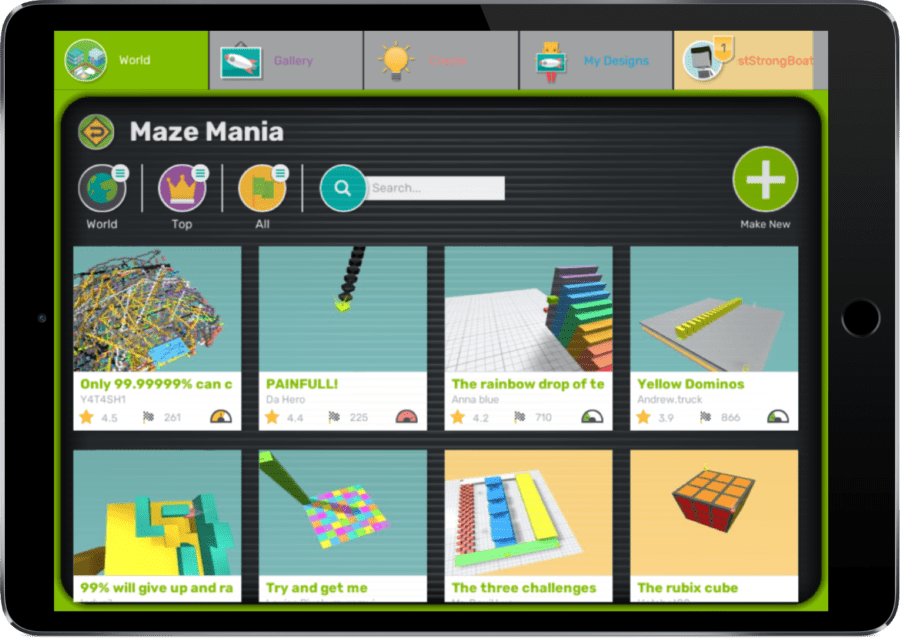
Challenge Program Rover Workshop
This workshop focuses on Immersive Game Design and challenges learners to design a rover and complete different obstacles on the surface of Mars. Click the images below to see designs created by students at Porter and Leigh Elementary Schools and the video on the right to see the rover in action.
What do your students think of Makers Empire?
“I have yet to meet a student that didn’t enjoy it. Makers Empire offers the right balance of entertainment and education for younger ages. Creating an avatar, teaching them how to use a 3-button mouse and the Maze running keep them engaged. Oh, and being able to explode their designs!”
Have there been any challenges?
“The main challenge I’ve seen is resisting the urge to use the trackpad on the laptop or just try to use the keyboard. Because the younger generations are growing up with touch screens using a mouse requires some focus and given that my after-school programs are well “after” school their attentions spans tend to be shorter.”
What advice would you give to teachers new to 3D design?
“I’ve found great success in teaching students how to think in 3D before they start working in 3D. This means helping them learn to see—and draw—complex objects by breaking them down into simple shapes. It’s a foundational skill and a gateway to 3D modeling, as most advanced software begins with primitive shapes.
“At the start of the workshop, I introduce a fun challenge: I ask the students to draw various objects using only circles, squares, and triangles. This exercise not only sparks their creativity but also builds the critical mindset needed for effective 3D modeling.”




